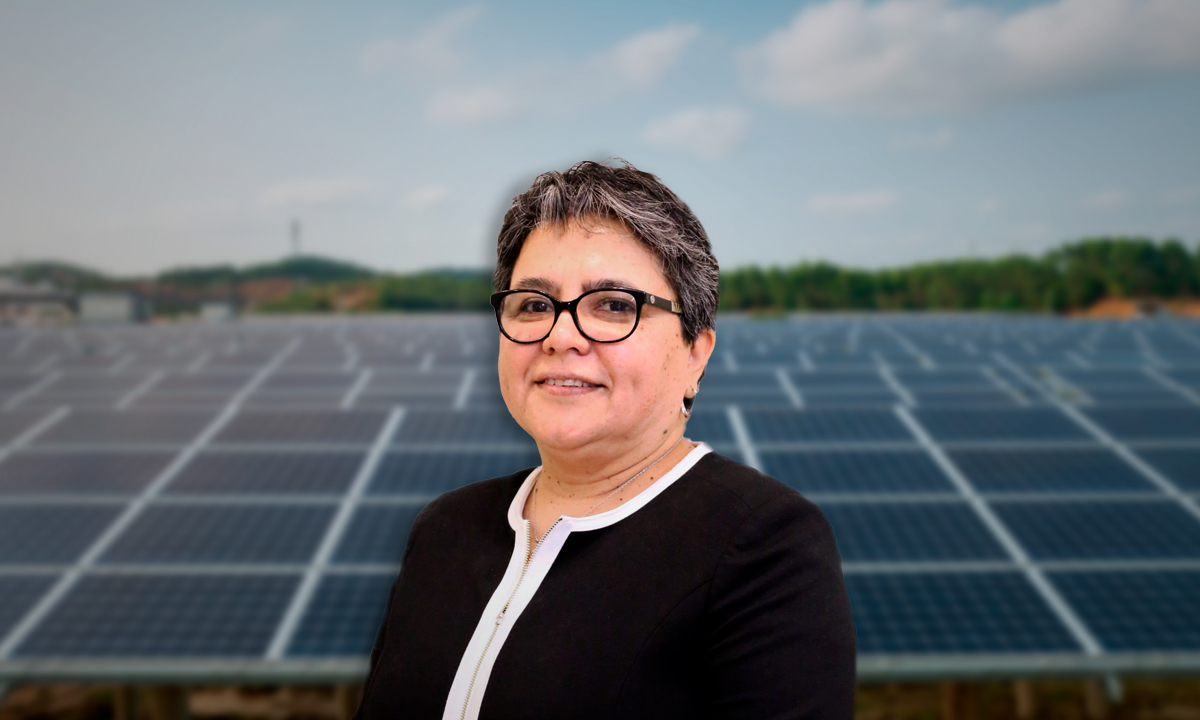Nicaragua’s GDP will grow from 7.5% to 9.5% in 2021, according to the central bank

Managua, December 13 (EFE). – Nicaragua’s GDP will rise between 7.5% and 9.5% in 2021, the first year of growth after three consecutive years of closing with a red balance, the head of the Central Bank of Nicaragua, Ovidio Reyes, this Monday.
“The good results of economic activity observed as of September motivate the Central Bank of Nicaragua to make an upward revision to our estimates of economic growth for 2021, which is now moving from a projected economic growth of 6% to 8% to economic growth,” the official said, presenting the economic forecast to a media group. The growth is between 7.5% and 9.5%.
He noted that the inflation rate will close between 6% and 7%, higher than estimates, which ranged between 5% and 6%.
He explained that for 2022, the Central Bank of Nicaragua estimates economic growth to be between 3.5% and 4.5%, and estimates inflation in the range of 2.5% to 3.5%.
The official explained that the Nicaraguan economy will grow more than expected in 2021 – initially projected at 0.5%, then updated between 4% and 6%, after 5% to 7%, from there between 6% and 8% – based on on the behavior of GDP in the first nine months of the year.
“The year 2021 was the year of Nicaragua’s economic recovery. The pandemic has generated great tension on our economy and our public health, which in 2020, has a negative impact on both production and employment,” he said.
But, he added, “the effective response to public policies and the continuous enhancement of production had a positive result in 2021, highlighting the recovery of the primary sector and exports, facilitating the overall recovery of consumption and investment.”
He noted that economic activity provided interannual growth of 9.7% (the last 12 months) and a cumulative (nine months of the year) growth of 9.9%.
These are the fastest growing sectors
In terms of production, the sectors with the highest cumulative growth during the year were mining and quarrying (43.2%), construction (40.7%), commerce (17.3%), manufacturing (14.7%), electricity (8.1%), and livestock. It identified (6.8%), hotels and restaurants (6.5%), transport and communications (6.4%), agriculture (3.1%) and water (2.8%).
Similarly, Reyes asserted that total capital formation grew by 37.8%, of which private fixed investment grew by 39.8% and public fixed investment by 39.5%.
Imports also grew by 19.5% and exports by 17.4%. Meanwhile, consumption grew 7.6%, individual household consumption grew 8.2% and government consumption 4.9%.
“As can be seen, the major economic sectors are not only recovering, but also expanding. We can conclude in light of this behavior that the economy is returning to a new path of medium-term economic growth that we hope will consolidate in the following year.”
The Nicaraguan economy has contracted in the past three years at an average of -3.03% per year.
Gross domestic product fell 2.0% in 2020 as a result of the outbreak of the COVID-19 pandemic and the damage caused by Hurricanes Eta and Eta, last November, according to the central bank.
In 2019, it decreased by 3.7% and 3.4% in 2018, as a result of the social and political crisis that affected the country for 44 months, according to the Monetary Authority.
lp / av / dmt
© EFE 2021. Redistribution and retransmission of all or part of the contents of the Efe Services, without the prior and express consent of Agencia EFE SA, is expressly prohibited.

“Award-winning zombie scholar. Music practitioner. Food expert. Troublemaker.”









